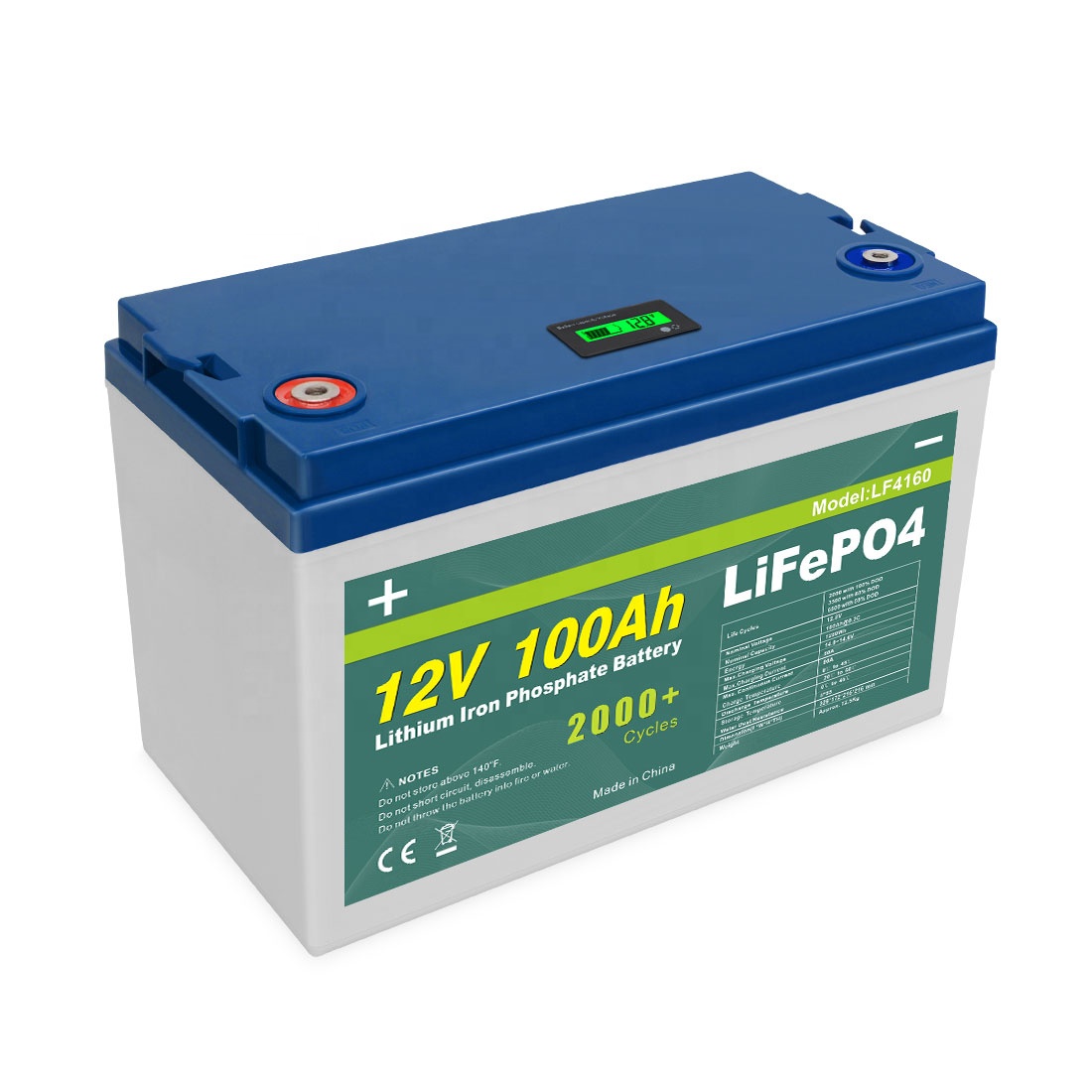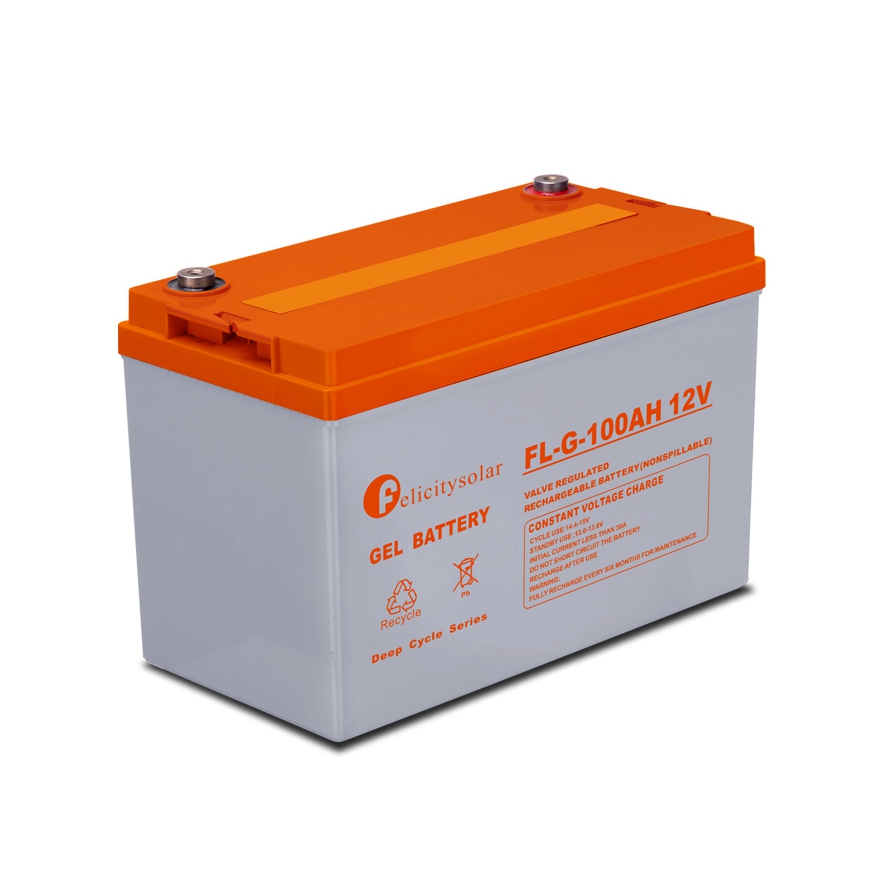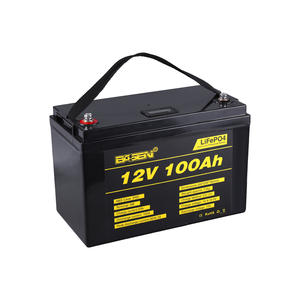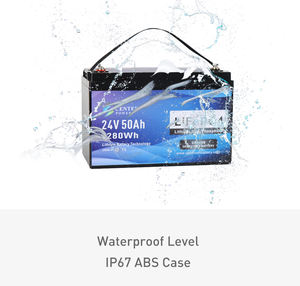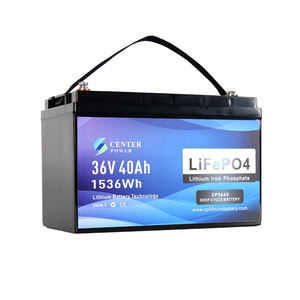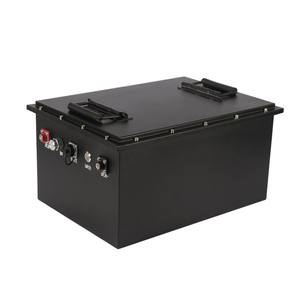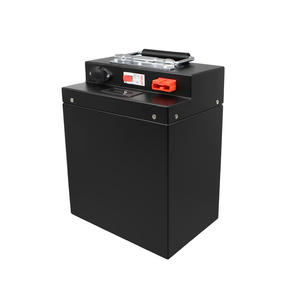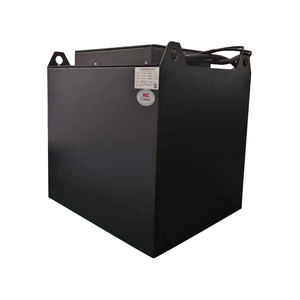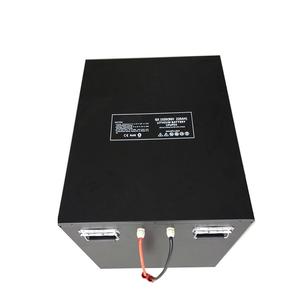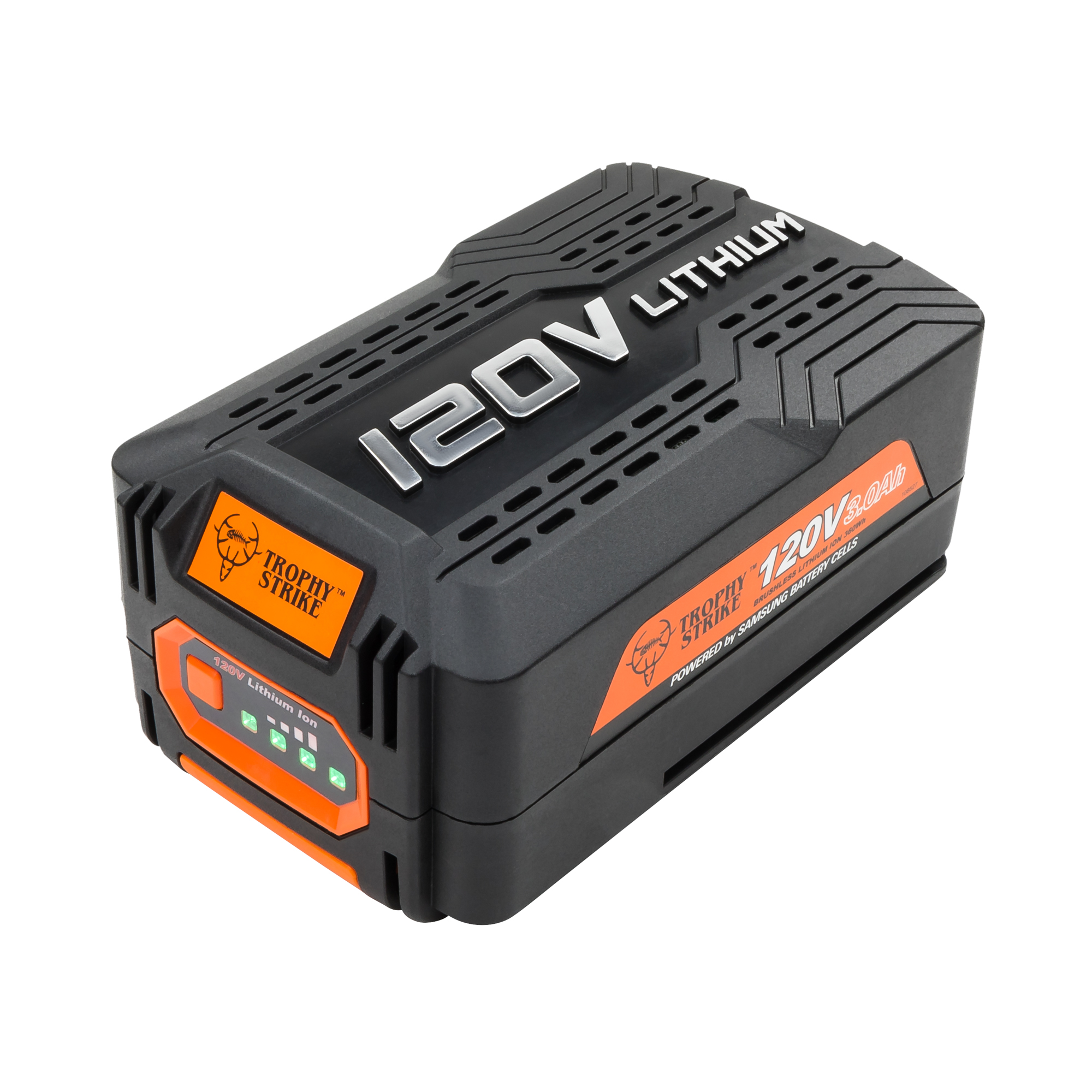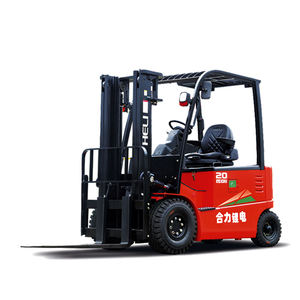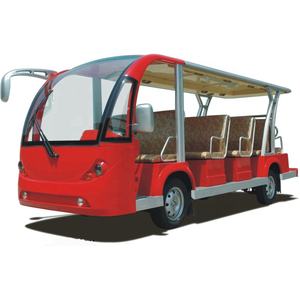Lithium battery & lead-acid battery
There are several important roles batteries play in our daily lives that we may not be aware of. It has proven to be a useful, reliable, and affordable source of power.
Batteries are often the first source of energy for everything from car engines to medical procedures to telecommunications. Energy from them has become increasingly important.
Most electronic wireless devices also rely on them for power. Smartphones, laptops, watches, clocks, smoke alarms, and remote controls – there are so many of them!
At some point in your life, you’ve probably encountered several different types of batteries. Once you see them, you’ll be able to identify some types of packaging.
We are here to help you figure out how to identify each type and how to use it. The different types of batteries will be discussed in this article.
Also included are their specifications, classifications, and terminology.
Best battery manufacturer in China
We help our customers choose the right battery manufacturer from China, all real factories.
Lithiumforkliftbattery.com
We develop and manufacture advanced lithium batteries for marine, automotive, motorcycle, UPS, solar systems, RVs, electric forklifts, road sweepers, leisure and industrial applications. These applications are well understood by us, and we develop battery solutions tailored to every market.
Lithium-battery-factory.com
The BSLBATT company is a subsidiary of Wisdom Industrial Power Co., Ltd. For many years, BSLBATT® has been developing, developing and manufacturing high-tech lithium batteries for the lithium industry and special applications in an effort to become a nationally and internationally recognized and respected global market leader for lithium batteries. For deep cycle lead-acid, gel, or AGM batteries, our lithium LiFePO4 batteries can be used as an AR “alternative replacement.”
ecolithiumbattery.com
The ELB Energy Group manufactures customized lithium batteries for a wide range of applications. It was founded in 2013 and specializes in R & D, manufacturing, and sales of lithium batteries, including battery cells, customized battery packs, lead acid replacement batteries, battery modules, and energy storage solutions. The ELB has a strong technical force, well-trained employees, and professional production equipment and plant. Battery cells can be guaranteed to perform safely, consistently, and reliably.
What is battery?
In 1800, Italian physicist Alessandro Volta invented the first battery. Globally, battery technology has been used since then.
A battery is a collection of one or more cells that store electrical energy for powering electrical devices.
What is the process?
In a circuit, electrons flow as a result of chemical reactions. DC electrical energy is then generated from the stored chemical energy.
Cell and battery
The ability of a battery to deliver electrical energy is well known. Voltage and current are created by an underlying component that we may not be aware of.
The cell .Battery energy is stored in this electrochemical basic unit.
There are three main components of a cell: two electrodes and an electrolyte.
Let’s begin with the electrodes. There are two types of electrodes: anodes and cathodes.
The cathode is the positive electrode, while the anode is the negative electrode.
Oxidation occurs when the anode loses electrons to the external circuit. It is also known as a fuel electrode or a reducing electrode.
As soon as the cathode accepts electrons from the internal circuit, it is reduced. The oxidation electrode is also known as the oxidation electrode.
A battery converts energy here. A cell component undergoes electrochemical oxidation-reduction reactions.
Electrolytes are the third element. Between two electrodes, it serves as a medium for the transfer of charges as ions.
The electrolyte is not electrically conductive, but it is ionically conductive. Conductors of ions are often referred to as ion conductors.
Overall, the cells of a battery provide the necessary voltages and currents.
Different types of batteries
There are two types of electrochemical cells and batteries. There are several other classifications, but these two are the most basic:
- The primary (non-rechargeable)
- (Rechargeable) Secondary
Rechargeable batteries are not available for primary batteries. Electricity cannot be used to charge them.
Secondary batteries work differently. For charging, they are ideal.
Primary batteries
Portable electronics and devices can be powered by a primary battery. Radios, clocks, toys, lights, cameras, and more fall into this category.
As they cannot be recharged when empty, they should be disposed of immediately. They cannot be reused.
Batteries are inexpensive, lightweight, and convenient to use without maintenance. Unicellular systems are most commonly used in home applications.
Alkaline batteries, for example, usually have a cylindrical shape. The electrolyte in them is potassium hydroxide, a pure alkaline substance.
Primary batteries of this type contain zinc (Zn) and manganese dioxide (MnO2). 100 Wh / kg is its power density.
An example of a primary battery is a coin-shaped battery, also known as a button cell battery. Among other things, they are used in flashlights, remote controls, wall clocks, and small portable devices.
In addition to alkaline batteries, button cell batteries are also available. However, it also contains lithium and silver oxide.
With these connections, the battery is more efficient and provides a constant voltage. The battery has a power density of 270 Wh per kilogram.
Other types of primary batteries are:
| Battery type | properties | Applications |
| Alkaline (Zn / Alkaline / MnO2) | Very popular, moderate cost, high performance | The most popular primary batteries |
| Magnesium (Mg / MnO2) | High capacity, long shelf life | Military and aircraft radios |
| Mercury (Zn / HgO) | Very high capacity, long shelf life | Medicine (hearing aids, pacemakers), photography |
| Lithium / solid cathode | High energy density, low temperature performance, long shelf life | Replacement for button and cylinder cells |
| Lithium / soluble cathode | High energy density, good performance, wide temperature range | Wide range of applications with a capacity of 1 – 10,000 Ah |
| Lithium / solid electrolyte | Low power consumption, extremely long shelf life | Memory circuits, medical electronics |
| Silver / zinc (Zn / Ag2O) | Highest capacity, costly, shallow discharge | Hearing aids, photography, pagers |
| Zinc – carbon | Ordinary, inexpensive, various sizes | Radios, toys, instruments |
Secondary batteries
The main advantage of these batteries is that they can be recharged and reused. This is why batteries are also called batteries.
The cost of secondary batteries is usually higher than that of primary batteries. They can, however, last longer since they are rechargeable.
Used for two applications:
- Storage of energy
- Using the battery as a primary battery and discharging it
The first application of secondary batteries is to provide and store energy for devices such as:
- Infra Red (infrared)
- Electric hybrid vehicles (HEVs)
They are electrically connected to the main energy source and used as energy storage. In addition, they are charged by it and provide the required energy.
An example would be a UPS. This is a battery backup, especially for computers. If your regular power source fails, it provides reserve power.
Rechargeable batteries can also be used for portable electronics, such as:
- Mobile phones
- Computers
- Vehicles powered by electricity
When they are completely or almost discharged, they can be recharged using a charging mechanism.
Batteries for smartphones, for example. The lithium-ion batteries in most models will last longer if they are recharged frequently.
Its primary source of power is this type of battery. Lithium-ion batteries are rechargeable and reusable, unlike standard primary batteries.
Unplug your cord or charger instead of throwing it away, then plug it into an electrical outlet to charge it.
The lead-acid batteries found in most automobiles and vehicles are another great example. It has a nominal voltage of 2V to 24V and a power density of 7Wh/kg. This is one of the four most important types of secondary batteries, along with lithium-ion.
Other important types of rechargeable batteries are:
- Batteries made of nickel and cadmium. This is one of the oldest types of batteries available today. In addition to having a long service life, they are also very reliable and robust.
- Batteries made of nickel-metal hydride. An expanded version of nickel-hydrogen electrode batteries, they are a new type of battery. It is ideal for use in aerospace applications (satellites).
Battery applications
Many devices use both primary and secondary batteries, including:
- Smartphones, watches, cameras, laptops, calculators, as well as test equipment such as multimeters, are portable electronic devices.
- Radios, MP3 players, CD players, infrared remote controls, toys, etc.
- Home: smoke detectors, alarms, clocks, UPS, portable power tools, etc.
Choose the right battery for your needs
When buying batteries, performance and cost are the most important factors to consider. You should also keep in mind the following:
- Whether primary or secondary
- Power or energy
- Reliability
- Charge rate and energy efficiency
- Life expectancy of batteries
- Temperature of the battery
Large selection of batteries from KEY INSURANCE
Do you need a specific type of battery for your household? From alkaline to lead-acid batteries, we have it all.
BATTERY by TYPE
Lithium batteries
Primary lithium batteries have metallic lithium as an anode. Lithium metal batteries are also known as these types of batteries.
Their high charge density and high unit cost set them apart from other batteries. A lithium cell can produce voltages ranging from 1.5 V (similar to a zinc-carbon or alkaline battery) to approximately 2.4 V. This depends on the design and the chemical compounds used.
Portable consumer electronics devices commonly use lithium batteries. It refers to a family of lithium-metal chemistries that use a variety of cathodes and electrolytes, but use metallic lithium as the anode. Each kWh of the battery requires 0.15 to 0.3 kg of lithium. A charged cathode is used in these primary systems, which is an electroactive material with crystallographic vacancies that gradually fill during discharge.
.
Lead-acid battery
In 1859, French physicist Gaston Planté invented the lead-acid battery, a type of rechargeable battery. It was the first type of battery ever developed. Lead-acid batteries have a relatively low energy density when compared to modern rechargeable batteries. Due to their ability to deliver high surge currents, the cells have a relatively high power-to-weight ratio. In automobiles, these features, along with their low cost, make them attractive for providing the high current required by starter motors.
Cell towers, hospitals, and stand-alone power systems often use large format lead-acid designs for emergency power supplies. For these roles, modified versions of the standard cell can be used to improve storage times and reduce maintenance costs. VRLA batteries (valve-regulated lead acid batteries) are commonly used in these roles.
